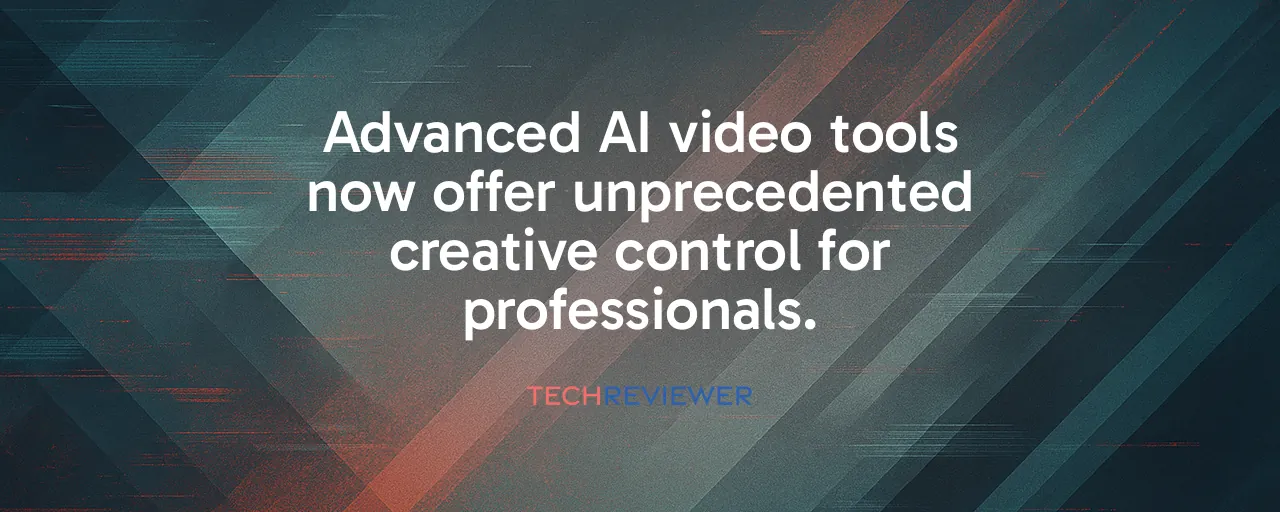A New Era for Video Creation
Google's Veo 3.1, launched in October 2025, makes video creation feel almost magical. This latest model from Google DeepMind builds on its May 2025 predecessor, Veo 3, by blending synchronized audio, sharper visuals, and editing tools that let users add or soon remove objects from clips. Since its debut, the Flow platform, where Veo 3.1 lives, has powered over 275 million videos, showing how quickly creators are embracing these tools. From social media influencers to small business owners, the ability to craft professional-grade videos from simple prompts is opening new doors.
What sets Veo 3.1 apart is its focus on control. Filmmakers can now insert objects that seamlessly match a video's style or lighting, and soon they'll be able to erase unwanted elements with AI filling in the gaps. These advancements, paired with 1080p resolution for up to 30-second clips, make the model a serious contender against OpenAI's Sora 2 and Runway's Gen-3. But with this power comes a question: how do we balance creativity with the risks of synthetic media?
Empowering Creators, Big and Small
Veo 3.1's tools are a game-changer for creators who lack big budgets or fancy equipment. Take McDonald's, which used the AI video platform HeyGen, not Google's Flow, to localize its Sweet campaign across languages, cutting costs while keeping ads fresh and relevant. Small businesses can now produce slick product demos in minutes, while educators craft engaging lessons with visuals that explain complex ideas. The Flow platform's free tier, offering 100 AI credits monthly, lets anyone experiment, though heavy users might opt for the Pro or Ultra plans with up to 25,000 credits.
This democratization has its limits. Crafting the perfect video often requires tweaking prompts multiple times, and the 8-second cap for free users can feel restrictive. Still, the ability to extend clips based on their final frames or use reference images for character consistency gives creators a level of precision that feels like wielding a digital paintbrush. For independent filmmakers, these tools speed up storyboarding and concept testing, letting them explore ideas without breaking the bank.
Lessons From the Field
Real-world applications reveal what makes AI video tools shine. McDonald's use of HeyGen shows how large brands can scale personalized content across global markets, saving time and money while maintaining quality. Meanwhile, educators using AI video for instructional materials report better student engagement, as dynamic visuals bring abstract concepts to life. The contrast is telling: brands prioritize efficiency and scale, while educators focus on clarity and impact, highlighting how versatile these tools can be.
Both cases underscore a key lesson: AI excels at speeding up workflows but still needs human oversight. McDonald's campaigns require creative direction to align with brand identity, just as educators must refine outputs to match learning goals. These examples show that AI video tools amplify human creativity rather than replace it, offering a starting point for ideas that humans polish into something truly special.
Navigating the Ethical Minefield
As Veo 3.1 makes realistic videos easier to produce, concerns about authenticity grow louder. The model's ability to create convincing clips raises fears of misinformation, especially in contexts like political campaigns where fabricated videos could sway opinions. Google's response includes SynthID watermarking, which embeds invisible signals in videos to flag them as AI-generated, even after editing or compression. The EU's AI Act, effective since August 1, 2024, mandates such transparency, holding creators accountable for labeling synthetic content.
Yet, watermarking isn't a cure-all. Determined bad actors could bypass detection, and the public's trust in video as evidence is already eroding. Filmmakers and marketers love the creative freedom, but regulators and digital rights advocates worry about deepfakes and non-consensual content. Balancing innovation with safeguards will be crucial as tools like Veo 3.1 become more widespread, forcing society to rethink what "real" means in a world where anyone can craft a convincing clip.
What's Next for AI Video?
The race for better AI video tools shows no signs of slowing. Google's rapid release of Veo 3.1, just five months after Veo 3, mirrors the industry's breakneck pace, with OpenAI's Sora 2 and Runway's Gen-3 hot on its heels. Future updates promise longer clips, possibly reaching a minute, and better physics simulation for more realistic motion. Real-time generation could soon make interactive video creation a reality, opening doors for virtual reality and live content.
Still, challenges persist. Models like Veo 3.1 struggle with consistent characters across scenes or complex physical interactions, and the high computational cost, around $0.75 per second via API, limits accessibility. For now, these tools are best for short-form content like ads or social media posts, but their potential to reshape storytelling is undeniable. As creators, businesses, and regulators adapt, the line between human and AI-crafted videos will blur, sparking both excitement and tough questions.
